
Collecting the Olympics
There’s a sense of grandeur and mysticism around the Olympic and Paralympic Games. That can be partially attributed to the origins of the Games tracing back to Ancient Greece.
The other reason is because the entire premise of the Olympic Games is reminiscent of a dystopian novel. The idea that athletes’ years of training, passion and mental resilience come together against the world’s best in their fields is a feat of epic proportions.
It’s perhaps understandable then that people have developed a passion for collecting items that focus on The Olympics.
Chairperson of the Board
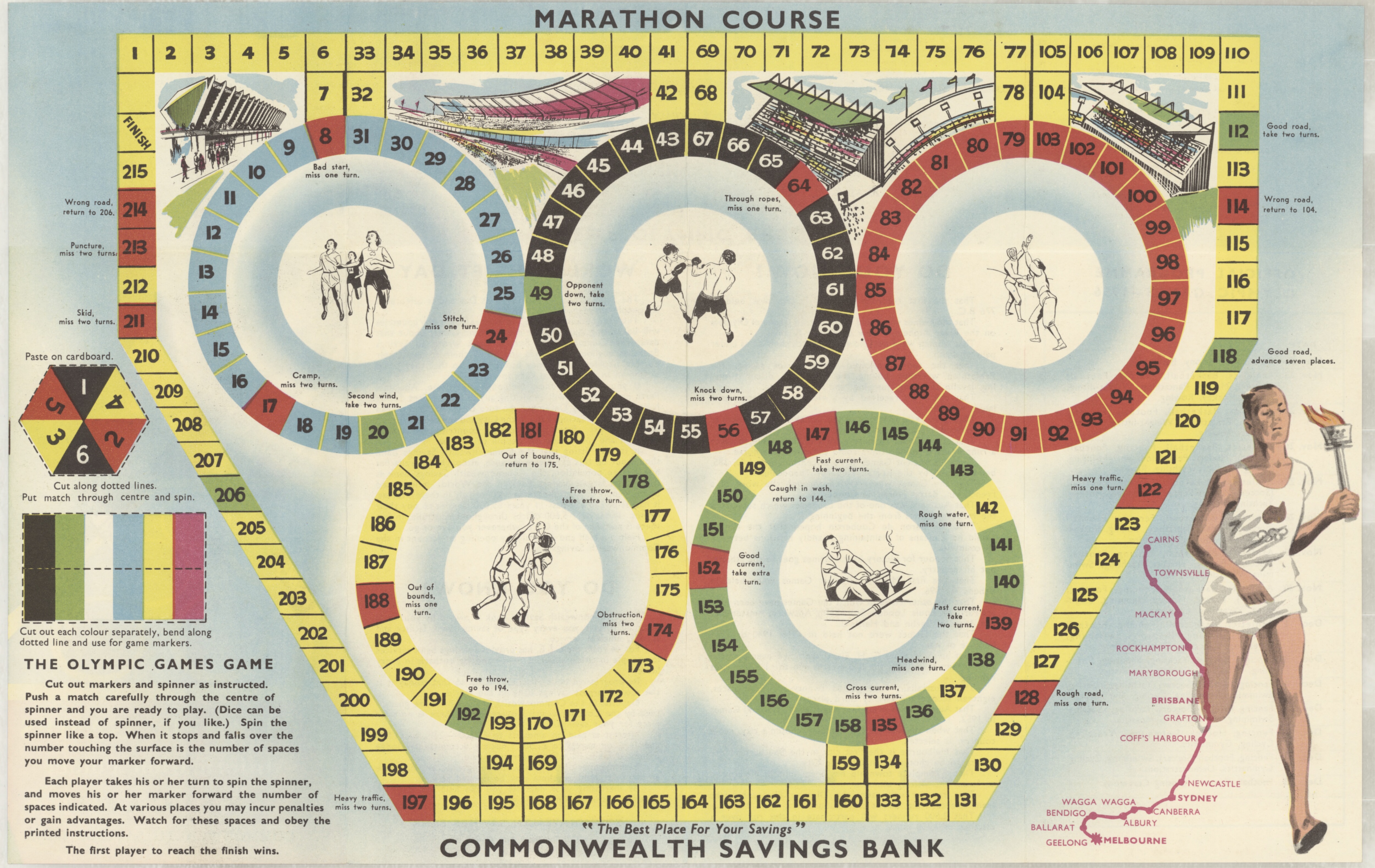
Stamps

Major events like the Olympic Games can bring out the inner philatelist (stamp lovers) in collectors. One element that make Olympic stamps so exciting is that they come in different languages and depict different sports. Find out more about the appeal of sport-themed stamps in this update from the Daily News Stamp Club.
Putting a city on the map
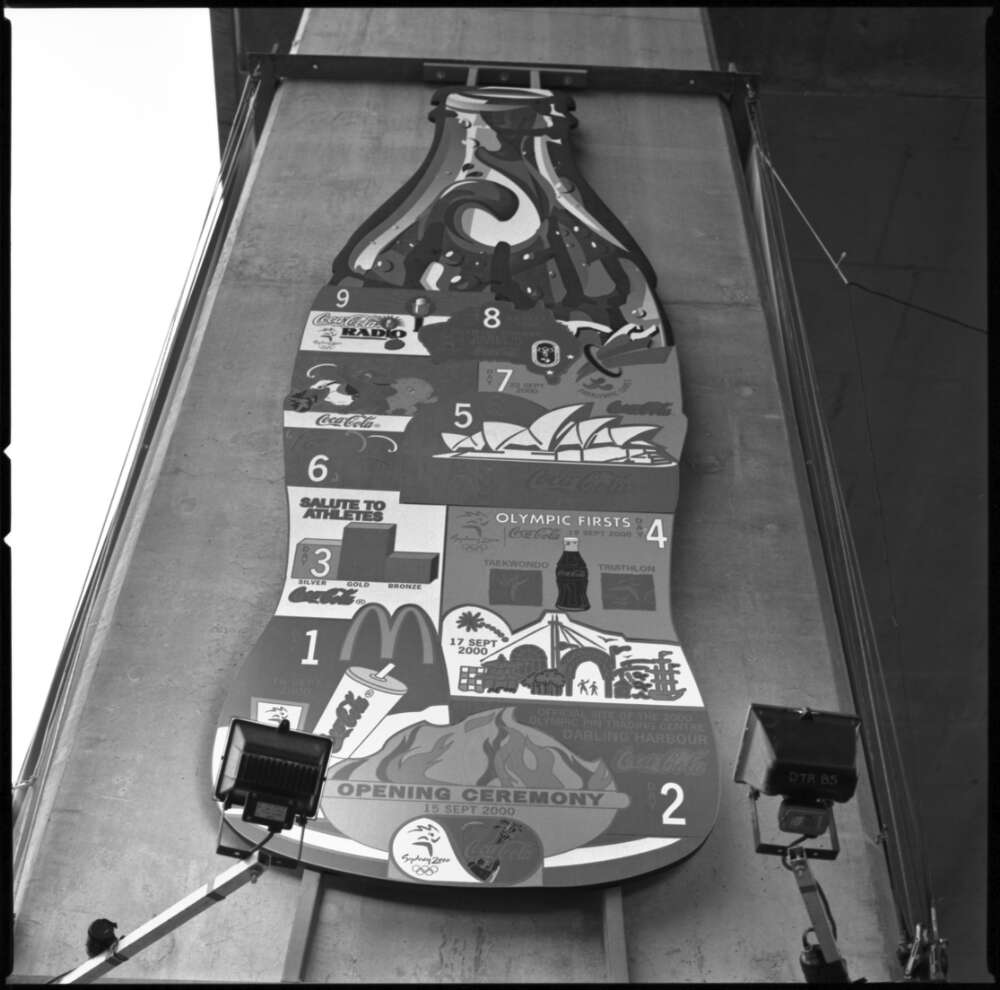
Another fascinating part of the Olympic Games is how it completely takes over a city. Events pop-up around the city to celebrate the exciting occasion. Heinz Soup even made the theme of their 1956 sales convention the Olympic Games. Signs and banners pop up and roads get temporarily closed to prepare for the big events. A great way to capture this wide-reaching impact is with a map.
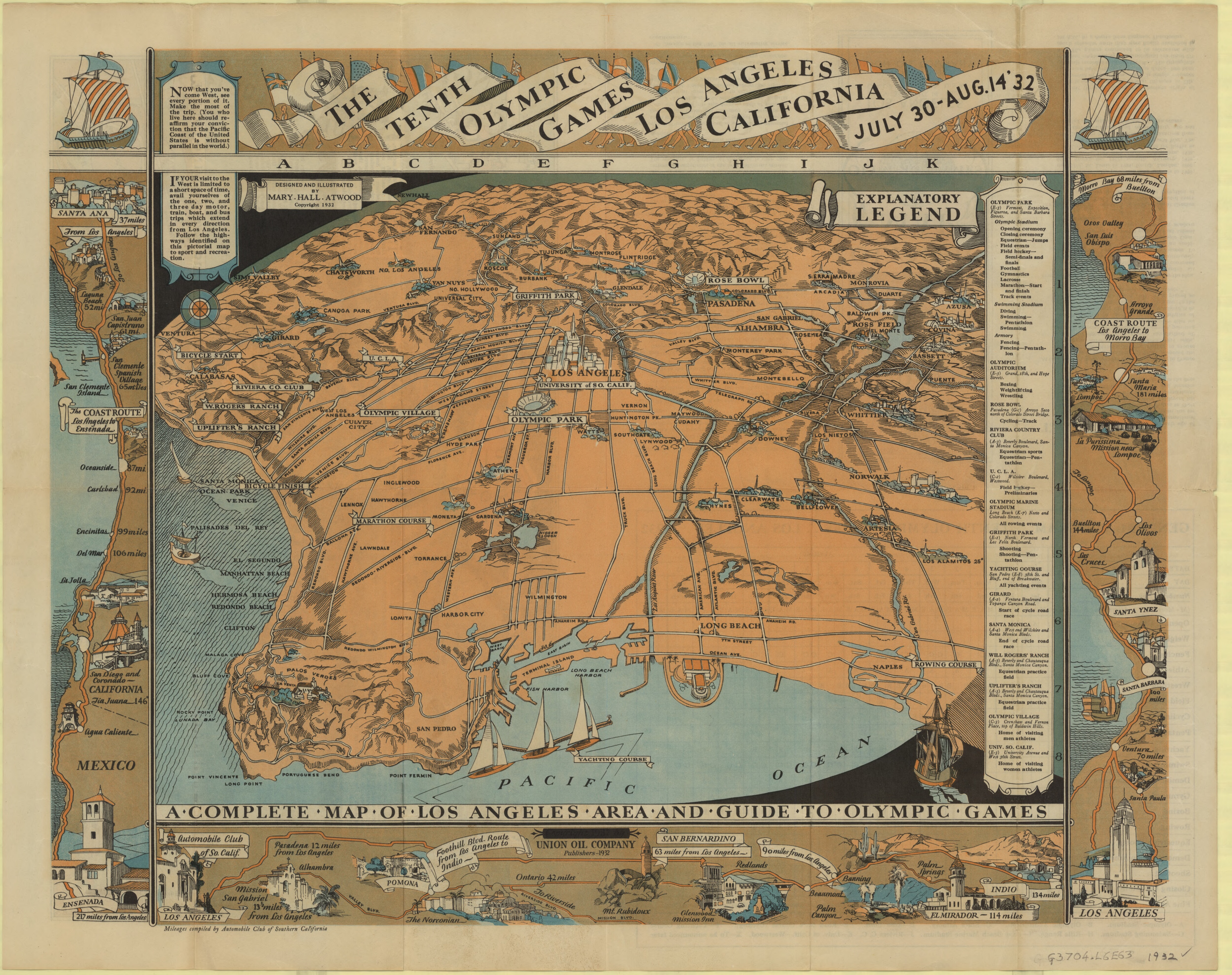
This map marks out the events that took place across Los Angeles for the 1932 Olympic Games. It covers all the events from the Games including the yachting course and the cycling event. You can also find key event hubs like the Olympic Village and Olympic Park.
In print
Popular culture over the years has been captured in various ways on printed material. Magazine covers are an item of choice for collectors because they are works of art on their own, independent to the internal pages. In Trove you can view these three 1956 Melbourne Olympic Games themed issues of the Australian Women’s Weekly as well as other popular events.
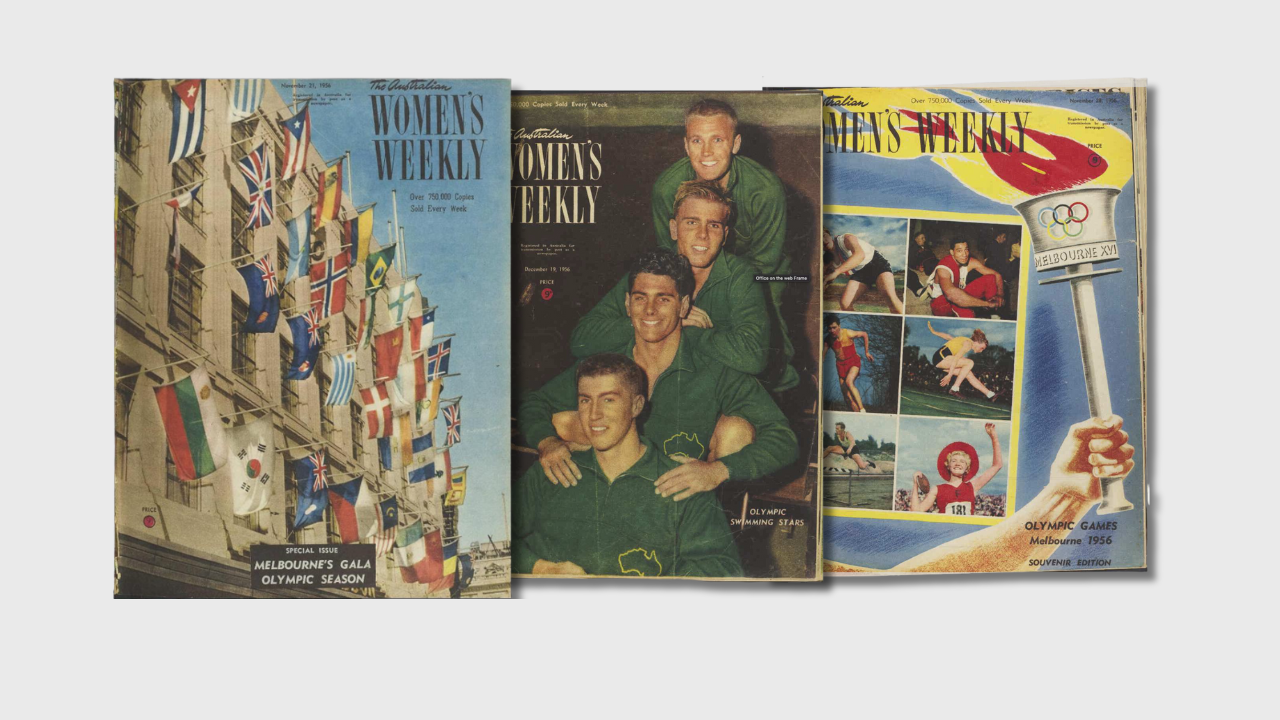
‘Melbourne welcomed its Olympic visitors to all it had to offer. It welcomed particularly the athletes of the world, who competed for the first time under southern skies, and it wove many lasting ties of friendship. This volume commemorates the occasion which brought the world to Melbourne.’ –Australia – your host, nla.obj-449656622
Other popular printed collectable items for sports fans are the programs and booklets from games and major events. They usually contain interesting background information about the Games and details about the popular athletes who they expect to deliver medal winning performances.
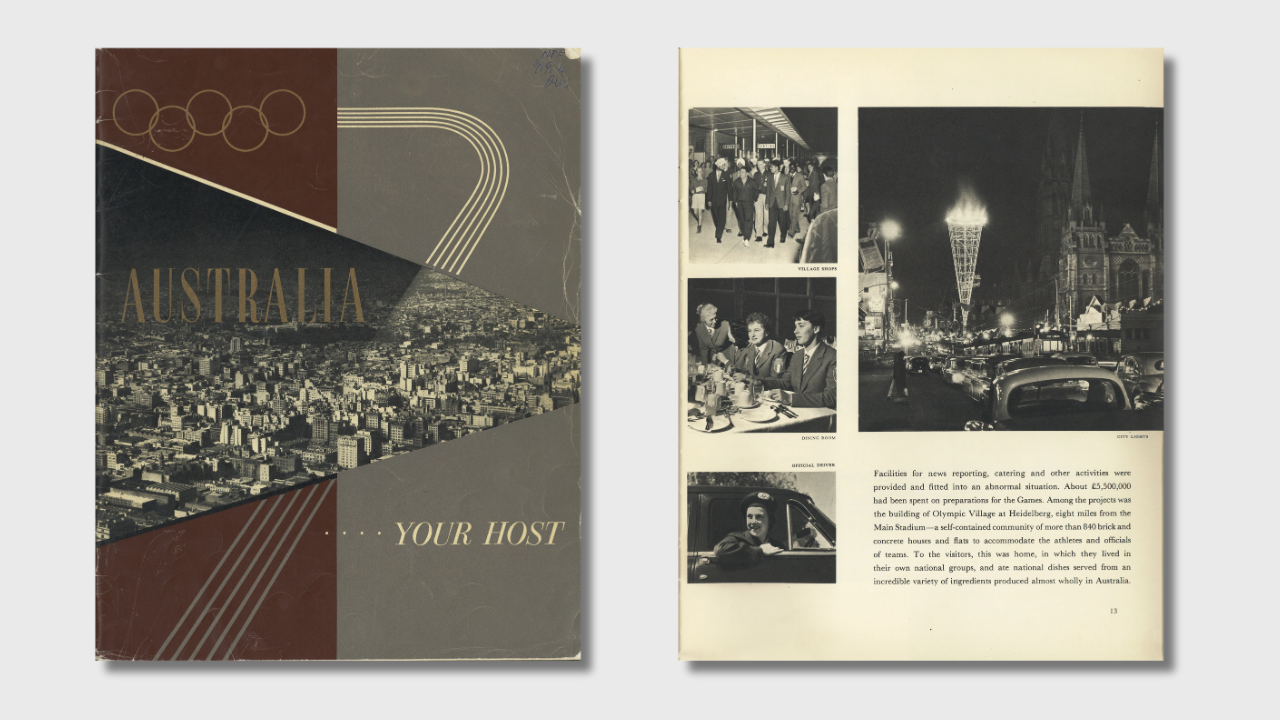
Australia - your host : XVIth Olympiad includes highlights from the opening ceremony of the 1956 Games in Melbourne. The booklet has selling points for Melbourne in general including the great places to visit and Australian sporting culture. You can also find some wonderful black and white photographs of 1950s Melbourne.
Rolling out the welcome rug
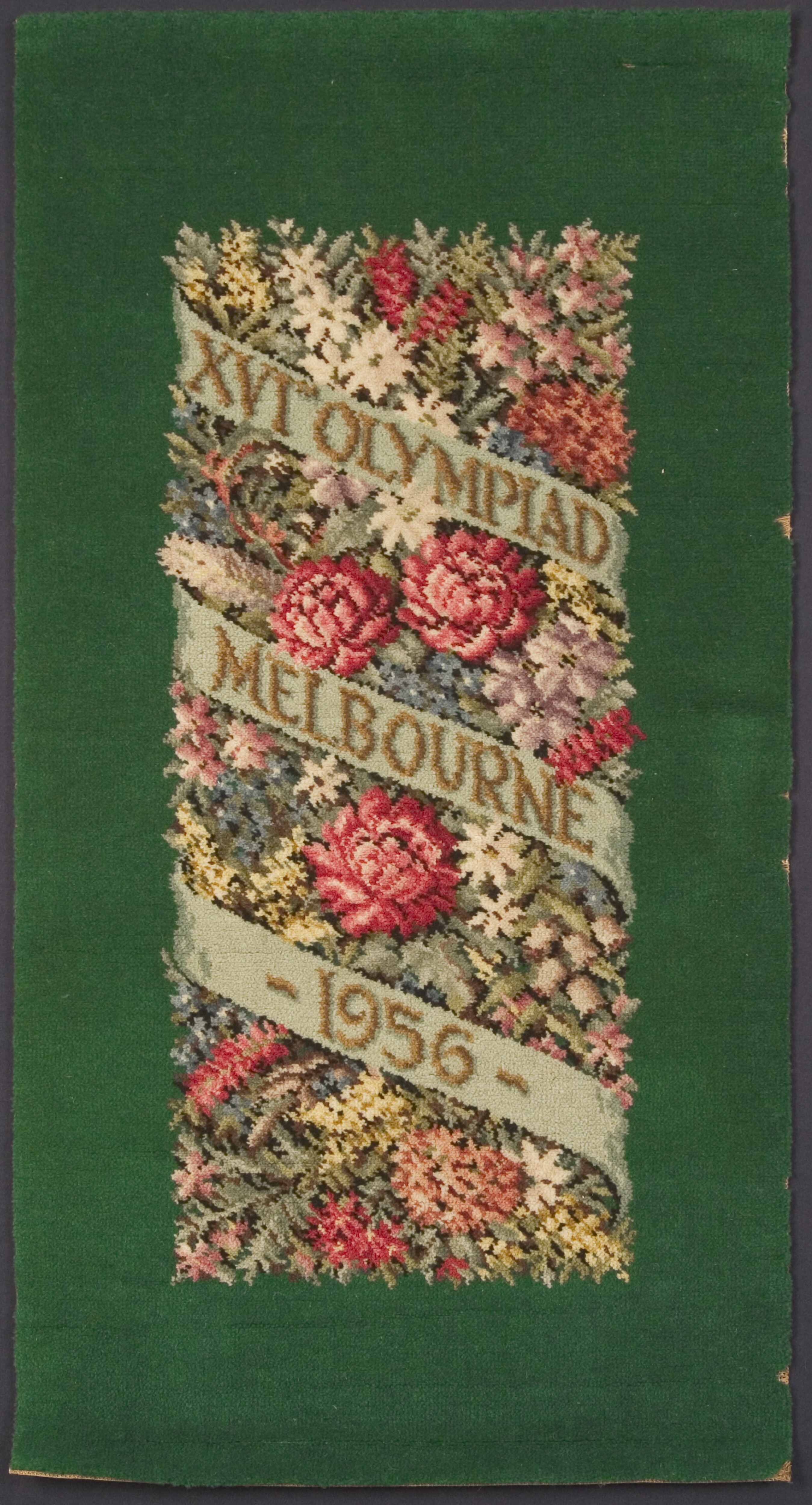
The perfect way to welcome tourists to the Olympic Games is by rolling out the Olympic Games carpet. This rug by British Australian Carpet Manufacturing Co. has a beautiful Australian wildflower design to celebrate the Games being held in Melbourne in 1956.
Handicrafts are popular collectable items, whether it’s an embroidered rug, cushion cover, flag or crocheted milk jug cover.
Accessories
How about Olympic fashion that you can wear? From hats to jewellery to bags, accessories are a popular market for Olympic memorabilia.
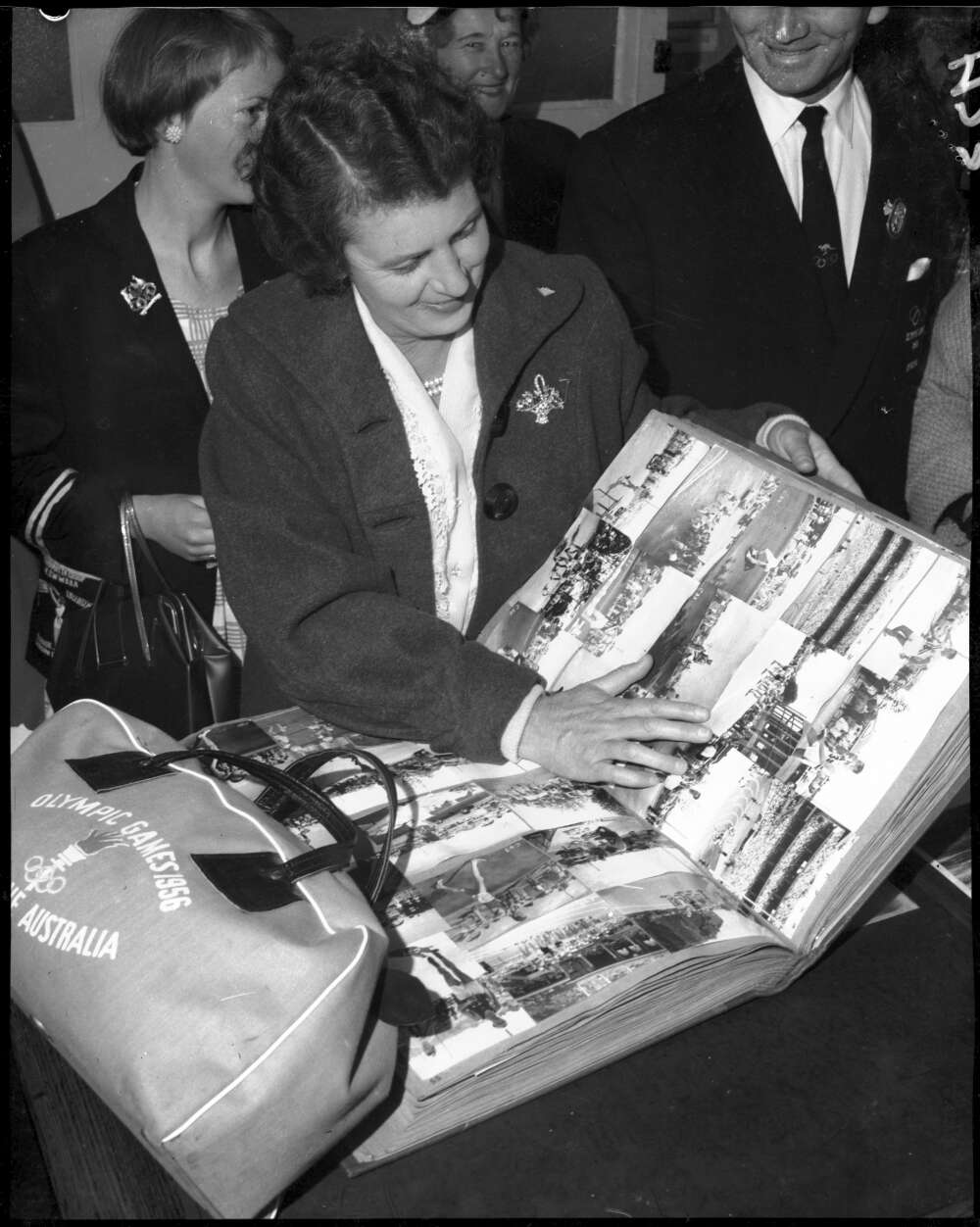
This photograph shows a fan with her special edition sports bag commemorating the 1956 Olympics Games. Although the stylish bag isn’t big enough to accommodate her large photo album filled with photographs from the Games.
You can view more photographs from the Herald and Weekly Times archive of the 1956 Olympic Games in Melbourne on Trove.
If you’re looking for a pocket-sized accessory, then a lapel pin is always an option. This Sydney 2000 Olympic Games Kodak lapel pin would have been a popular choice amongst collectors. To get an idea about the popularity of the Olympic Games pin market, check out this photograph from the 2000 Sydney Olympic Games.
And the winner is...
One of the ultimate Olympic Games collectables is only owned by an elite list of people. Olympic Gold Medals are in the possession of the world’s best athletes, and lucky cultural institutions. Any avid Olympic Games collector isn’t likely to get their hands on one, but the good news is you can view them at various cultural institutions around the country and on Trove!
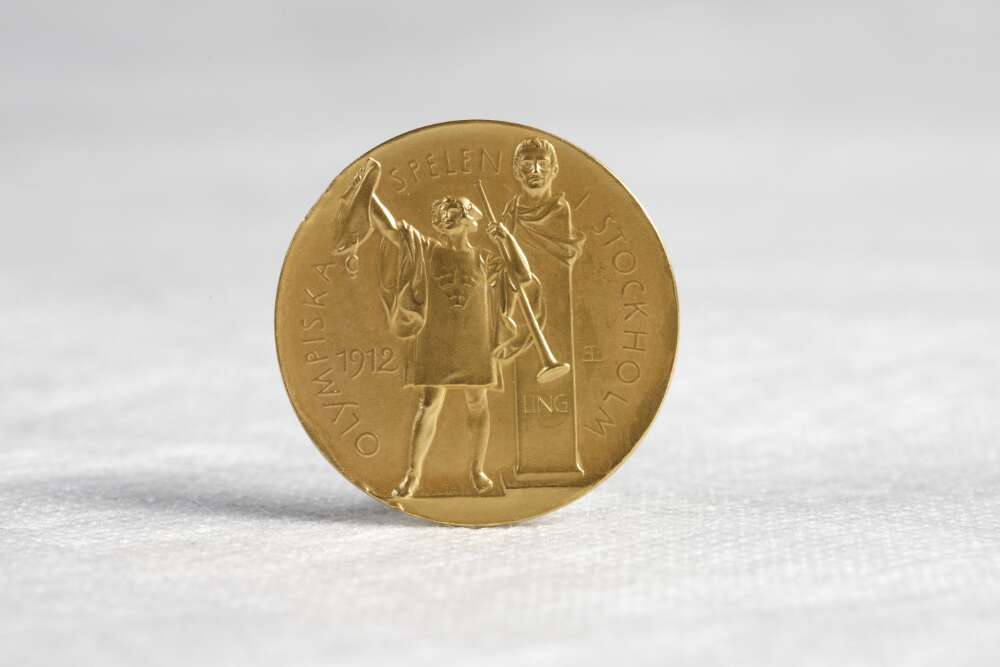
This gold medal was won by Australian swimmer Fanny Durack at the 1912 Stockholm Olympic Games, and it’s made from solid gold. It was an especially significant win because it was the first Olympic Games where women were allowed to compete in swimming events.
An old flame
You might be asking yourself about the other rare Olympic Games items. How about an Olympic Games Torch?
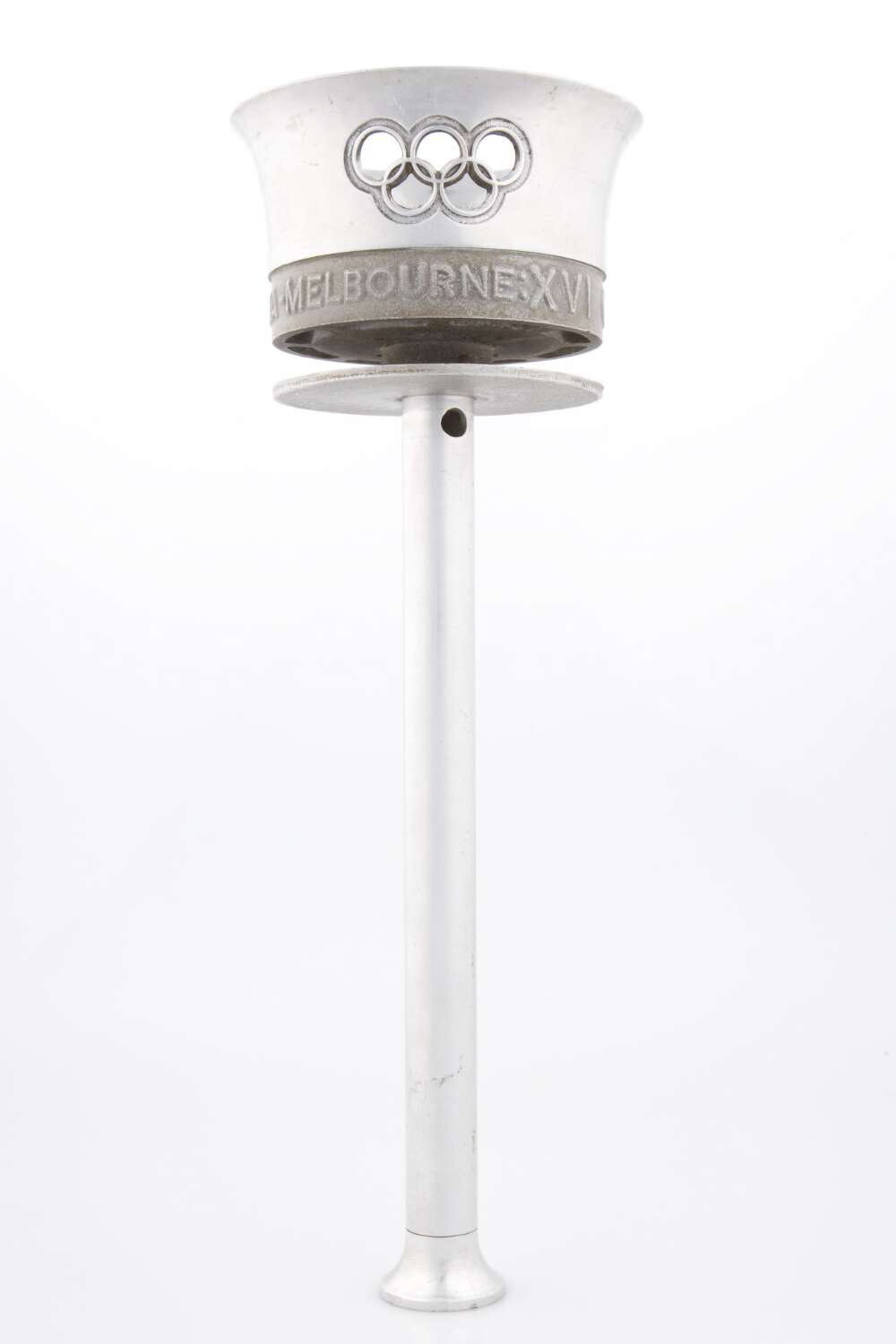
This torch was used by the Australian relay team at the 1956 Melbourne Olympic Games. It was used in a 20,470 kms relay route comprising of 3118 torchbearers. There were about 110 standard torches made for the Australian team and each torch was used up to 25 times. There is a built-in fuel cannister at the base of the cauldron. The torch serves as a wonderful visual metaphor for the burning desire for victory but also the risks that come with chasing such glory.
Explore Trove for more ideas for your Paris 2024 Olympic Games collection.